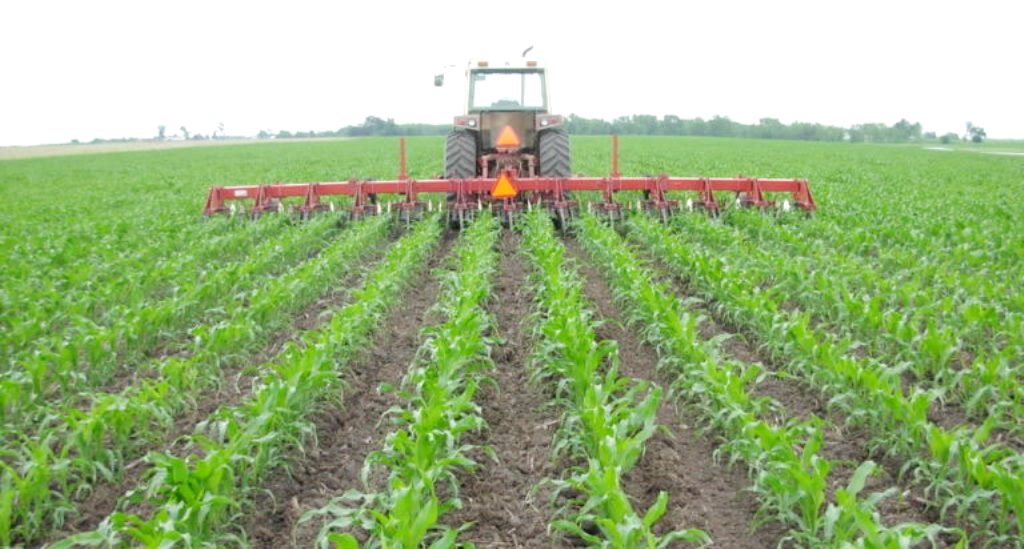STAKEHOLDERS are seeking a mechanism to de-risk the agricultural sector for sustainable and long term financing from commercial lenders that would boost the sector’s contribution to the economy.
The mechanism is intended to address constraints and boost the sector credit from commercial lenders to at least 15 percent from only 9 percent currently.
This was said at the second stakeholders meeting organised by the Tanzania Agricultural Development Bank (TADB), held in Dar es Salaam on Tuesday, after the first one in Dodoma, last year.
Some of the stakeholders were banks, insurance companies, representatives of small, medium and large scale agro-processors as well as suppliers of farm inputs.
Deputy Minister for Agriculture Hussein Bashe, said at the opening of the meeting that the government was continuing to address policy issues that have been impeding agricultural sector growth.
“While the government is doing its part, stakeholders, particularly commercial banks, need to put in place a system which is long term and sustainable in order to de-risk the agricultural sector and make it fundable,” Mr Bashe said.
He said each crop has its dynamisms and risks that need to be addressed uniquely in order to provide financing assurance to commercial lenders.
The increased commercial banks’ lending to agriculture will enhance the sector’s growth pegged at around 4.8 per cent and its contribution to Gross Domestic Product (GDP) which is currently at about 30 per cent.
According to the Bank of Tanzania (BoT) monthly economic review for January this year, the annual banks’ credit to agriculture rose by 90.1 per cent in the year ended December 2019 compared to negative 16.0 per cent in the corresponding year on account of government measures to improve the business environment.
Speaking on behalf of the Tanzania Bankers Association (TBA), Mr John Machunda, also the Senior RelationshipAgribusiness Manager at NMB, said commercial banks capacity to increase lending to agriculture sector is still limited.
“Most commercial lenders capacity is to provide short term credit to agriculture sector in a period not exceeding five years,” said Machunda at the presentation on how banks can best increase credit flow to agriculture sector. About 10 commercial banks engage in agriculture financing out of 52.
Mr Machunda said there is need for arrangement of long term source of financing by the TADB to support bolster commercial banks loan portfolio destined for agriculture sector.
During their discussions, bankers zeroed on the challenges that smallholder farmers in the country encounter, pointing out the need to have institutional capacity building on issues related to credit.
“Most smallholder farmers lack credit history, which is an important aspect for commercial lenders before entering into contractual lending relations with any customer,” he added, noting the need to formalise the contracts between banks and farmers to make them enforceable.
Bankers called for the need to establish the capacity of agro processors to provide assurance to commercial lenders on how much is needed to finance the whole crops’ value chain.
The TADB Managing Director, Mr Japhet Justine, said the meeting was important in addressing the dilemma between farmers and financial service providers.
“It is important to mitigate the high risk perception of agribusiness financing through provision of credit guarantee services and incentivise financial institutions to define and offer a broad range of financial services fit for the farmers,” he said.






